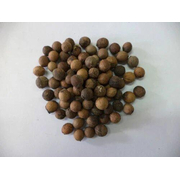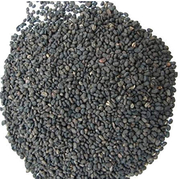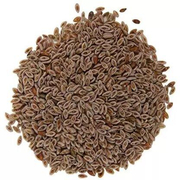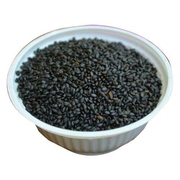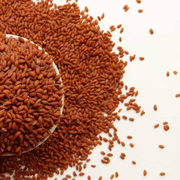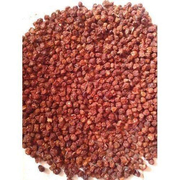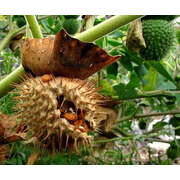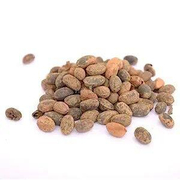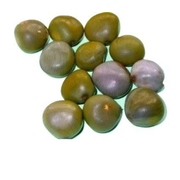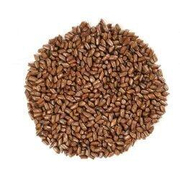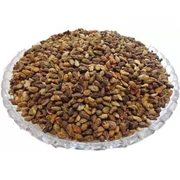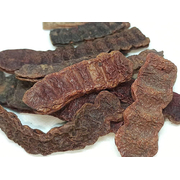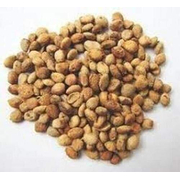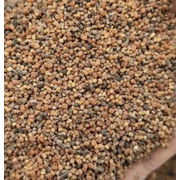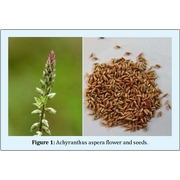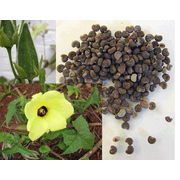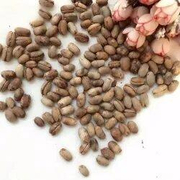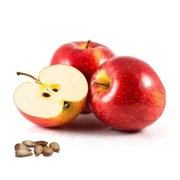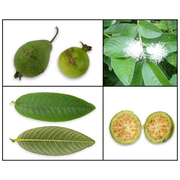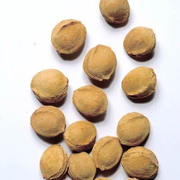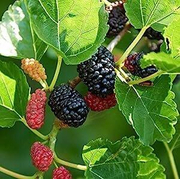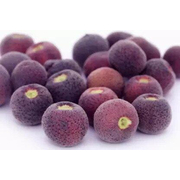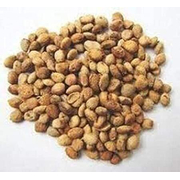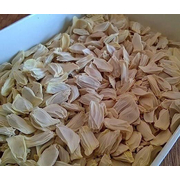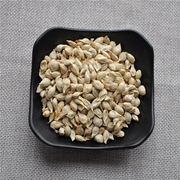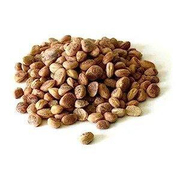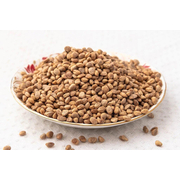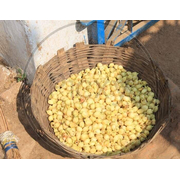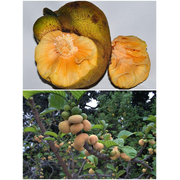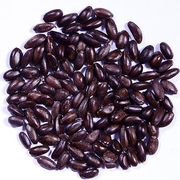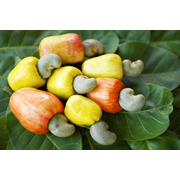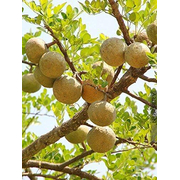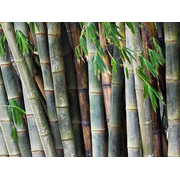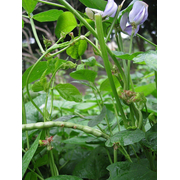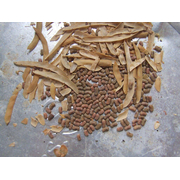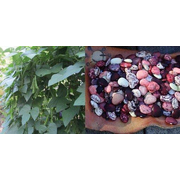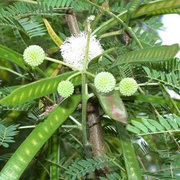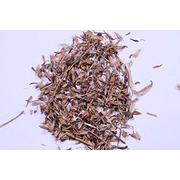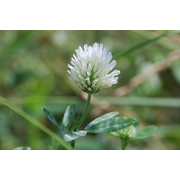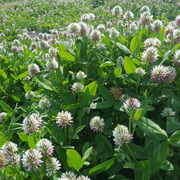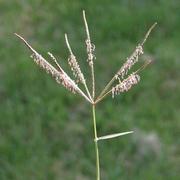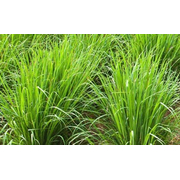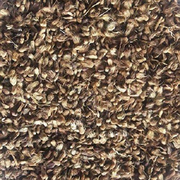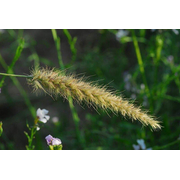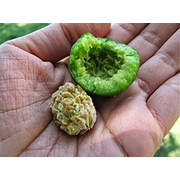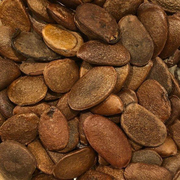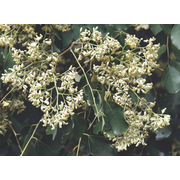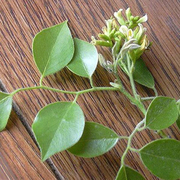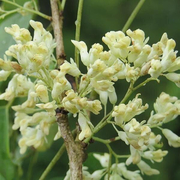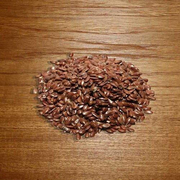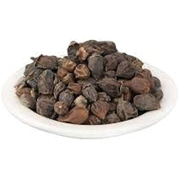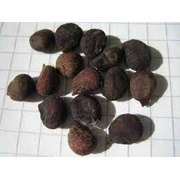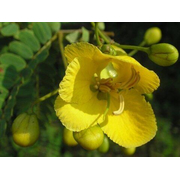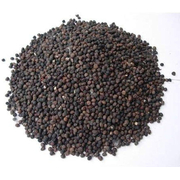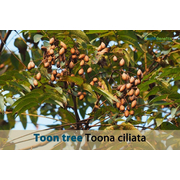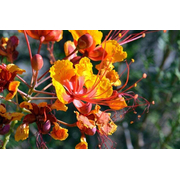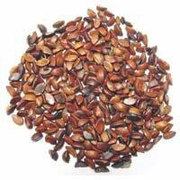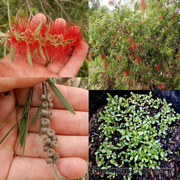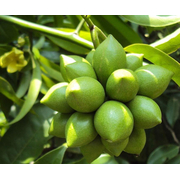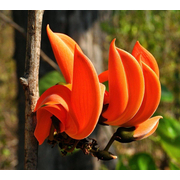Embelica Officinalis (Amalaka), Phyllanthus emblica, Nilli, Aonla, myrobalan, Malacca tree Seeds Pack of (100 gm Seeds)
Highlight
- Organic Plant Seed
- Botanical Name: Amla
- Suitable For: Outdoor
- Seed's Color: Brown
- Type of Seed: Herb, Tree
- Growing season: Summer, Spring & Winter
- Moisture Needs: Moderate Watering
- Package Contain: Pack Of 100 gm seeds
Description
Growing Amla (Indian gooseberry) from seeds can be a rewarding experience, but it requires some patience and care. Amla trees are hardy and can thrive in a variety of conditions. Here's a step-by-step guide on how to grow Amla seeds:
Materials Needed:
- Amla seeds (available from fresh Amla fruits)
- Potting soil
- Seedling trays or small pots
- Watering can or spray bottle
- Transparent plastic wrap or a small greenhouse (optional)
- Fertilizer (balanced, slow-release or organic)
Steps:
Collect Amla Seeds: Obtain fresh Amla fruits and extract the seeds from them. Clean the seeds by removing any flesh or pulp.
Pre-Soak Seeds: Amla seeds have a hard outer shell, so it's beneficial to pre-soak them for about 24 hours. Place the seeds in a bowl of room-temperature water.
Prepare Growing Medium: Fill seedling trays or small pots with well-draining potting soil. Amla trees prefer slightly acidic to neutral soil.
Plant Seeds: Make small holes in the soil about 1/4 inch deep. Place a single seed in each hole and cover it with soil. Gently pat the soil down to ensure good seed-to-soil contact.
Watering: Water the seeds gently using a watering can or a spray bottle. Ensure that the soil remains consistently moist but not waterlogged. Amla seeds should not dry out completely.
Provide Warmth: Amla seeds germinate better in warm conditions. If possible, maintain a temperature around 70-80°F (21-27°C). You can use a seedling heat mat or place the seedling trays in a warm location.
Germination: Amla seeds can take several weeks to germinate. Be patient and continue to keep the soil moist during this time.
Transplanting: Once the seedlings have grown a few inches tall and have developed a few sets of leaves, they can be transplanted into larger pots or directly into the ground if the weather and conditions are suitable.
Sunlight: Amla trees require plenty of sunlight to thrive. Choose a location that receives full sun to partial shade.
Watering and Care: Water the young plants regularly, but make sure the soil doesn't become waterlogged. Allow the top inch of soil to dry out between waterings. Once established, Amla trees are drought-tolerant to some extent.
Fertilization: Feed the plants with a balanced, slow-release fertilizer or an organic option. Follow the manufacturer's instructions for application.
Pruning: As your Amla tree grows, you can prune it to shape it and encourage bushier growth. Pruning can also help improve air circulation and sunlight penetration.
Patience: Amla trees grow slowly, and it may take a few years before they start producing fruits. Be patient and continue providing care and maintenance.
Remember that growing plants from seeds can be unpredictable, and not all seeds may germinate successfully. It's a good idea to plant a few extra seeds to increase your chances of success.
No reviews found
 1,12,000 Artisans families benefited so far
1,12,000 Artisans families benefited so far






















